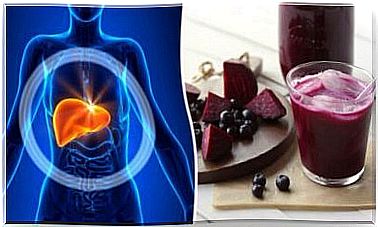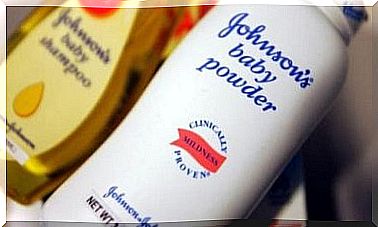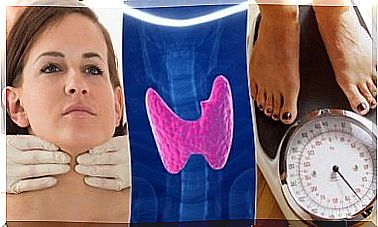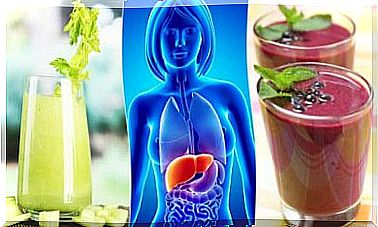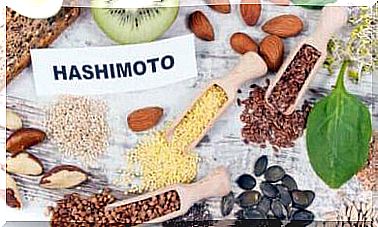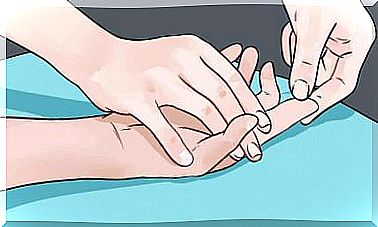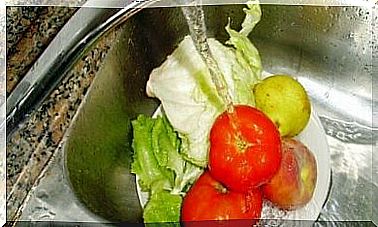Fat In Stool: What Causes It And How You Can Prevent It
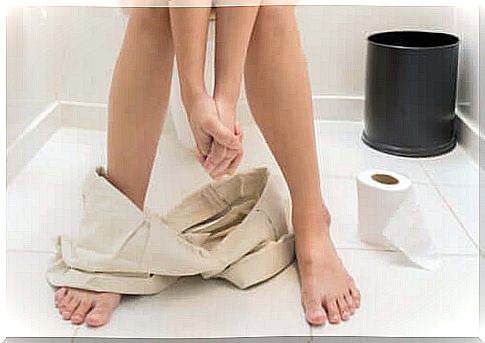
Stools consist of waste that appears as a result of the digestion of food that is consumed throughout the day. It usually has a characteristic appearance and composition according to our diet. Sometimes, however, it is possible to observe fat in the stool, which is a sign that something is not working properly.
The presence of micelles, or fat deposits in the stool, is a clinical manifestation called steatorrhea . Studies show that lipase in the pancreas, bile acids and intestinal epithelium mediates digestion and absorption of fat. Therefore, the malfunction of any of these parts may lead to the presence of this condition.
Unfortunately , the epidemiology of steatorrhea is difficult to determine, as it is often not clear at first. In these cases, certain laboratory tests are necessary to confirm the presence of fat in the stool.
Symptoms of steatorrhea
The properties of the stool often change due to the presence of fat in the stool. In this regard, they may become more voluminous, foul-smelling and pale. These stools often flush down the toilet, making them harder to flush.
In some cases, steatorrhea is often more pronounced, so it is possible to observe fat micelles in the toilet, much like what happens when mixing water and oil. One of the main causes of this clinical manifestation is malabsorption syndrome, so people may have other general symptoms:
- Chronic diarrhea
- Cramps and bloating in the abdomen
- Flatulence
- Weight loss
Children may have more severe symptoms, including stunted growth and delayed puberty. It is important to remember that young children need a certain amount of nutrients for development.

You may also be interested in the following article: Chronic and Acute Diarrhea: Causes and Treatment
Causes and risk factors
Fat in the stool usually appears when there is a lack of production of pancreatic lipases or bile acids. It can also be due to damage to the epithelium in the first part of the small intestine. Therefore, many diseases that affect the liver, pancreas or intestine can cause steatorrhea.
All conditions that can cause exocrine pancreatic insufficiency (EPI) can be due to the origin of the symptoms due to lack of enzyme production. Some studies say that chronic pancreatitis is the most common cause of EPI in adults.
A common condition that can cause the presence of fat in the stool is celiac disease. This is a disease that affects the epithelium of the small intestine, which prevents the absorption of fat.
Other diseases in which steatorrhea can occur are the following:
- Cystic fibrosis
- Cholestasis
- Crohn’s disease
- HIV enteropathy
- Whipple’s disease
- Parasitosis, such as giardiasis
- Pancreatic or intestinal surgery
How to diagnose fat in stool?
Doctors can diagnose the presence of fat in the stool based on clinical findings. However, various laboratory tests are needed to confirm the diagnosis. The specialist can first ask about the general characteristics of the stool. In addition, they will look for signs indicating the presence of underlying diseases.
The necessary laboratory tests consist of a qualitative and quantitative analysis of fat in stool samples. The qualified person will try to demonstrate the presence of macroscopic fat in the sample. It consists of adding a special dye that will change color in the presence of fat.
On the other hand, the quantitative analysis will try to determine the amount of fat that is expelled over a period of time. For this, the patient must collect different stool samples over the course of 1, 2 or 3 days. The result is positive when more than 7 grams of fat is expelled in the stool in 24 hours.
The preparation for the quantitative analysis of fat in the stool is very precise. Individuals must maintain a diet where they eat 100 grams daily for the 3 days before the test. It can be an uncomfortable and cumbersome diet, but it is the most accurate way to detect steatorrhea.
Available treatments for feces in stool
Treatment for the presence of fat in the stool will depend on the disease that causes this manifestation. In general, it is best to maintain a balanced diet with low fat content, as well as proper hydration. Foods that trigger symptoms should also be identified to avoid them.
General measures, such as rest and smoking cessation, can also help reduce symptoms. A decrease in alcohol intake is also usually beneficial, in addition to the administration of antiflatulents, antacids and antidiarrheals.
Administration of exogenous pancreatic enzymes is useful in exocrine pancreatic insufficiency. Implementing a celiac diet and education, in turn, is crucial for patients diagnosed with celiac disease. Finally, the administration of ursodeoxycholic acid and surgery is the first treatment, for example for cholangitis.

When to consult a doctor
Everyone should consult a specialist if they notice the presence of micelles or fat droplets in the stool. It is also important to seek professional help in the presence of an increase in the number of daily stools or pale or very foul-smelling stools.
The presence of fat in the stool may indicate the presence of a malabsorption syndrome. In this sense, sudden and involuntary weight loss and stomach discomfort should be warning signs.
Fat in the stool: A problem that should not be underestimated
The presence of fat in the stool can be a difficult manifestation to notice because the symptoms are usually very nonspecific in the beginning. It is characterized by sudden and subtle changes in the stool, especially in smell, color and amount. In addition, it can give general signs as the underlying disease progresses.
This clinical manifestation may be the result of several pathologies affecting the pancreas, bile duct or intestinal epithelium. These can cause a deficient absorption of nutrients, which complicates the general condition. In this sense , you need to seek medical help in the presence of abnormal symptoms.
